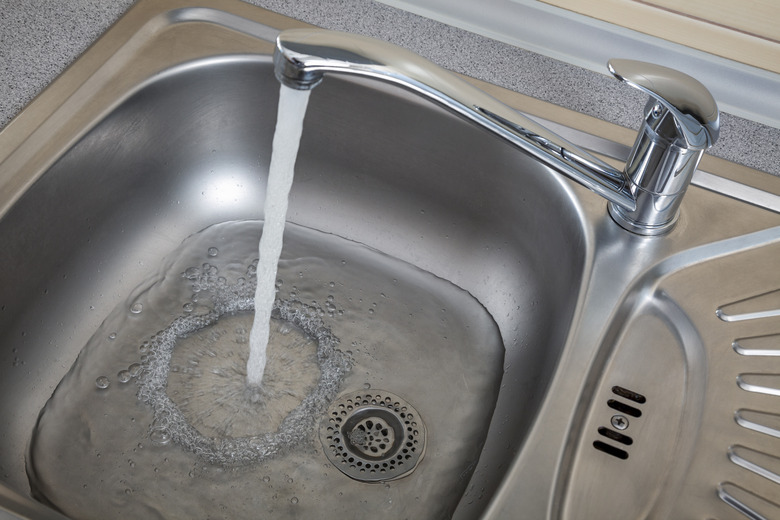How To Seal Around Faucets
When installing a new faucet, it's important to have a tight faucet seal. If a faucet doesn't have a tight seal against the sink or countertop, water can seep underneath and cause a variety of problems. Some faucets come with a plastic or rubber gasket that will seal against water. But others will require that you apply a product like plumber's silicone sealant to provide a waterproof seal between the faucet and countertop.
Plumber's Putty vs Silicone
Plumber's Putty vs Silicone
A faucet does not automatically fit tightly against a counter. If you were to install a faucet in your kitchen without a gasket or kitchen faucet sealant, water will eventually get under the faucet. This water can corrode your faucet or leak into the cabinet under the faucet, possibly causing cabinet damage or mold. Having a tight faucet seal is a crucial part of the installation.
If your faucet doesn't come with a gasket, you will need to use either plumber's putty or a plumber's silicone sealant as a faucet seal. The great debate is plumber's putty vs silicone when it comes to sealing a faucet. Both work well, but as with most products, there are pros and cons to both.
Plumber's putty is easy to use and requires no time to harden or dry, meaning the faucet can be used immediately. But plumber's putty should not be used on porous countertops like marble or granite. Silicone is a little messy to apply, requires time to harden and can be difficult to remove, but it can act as an adhesive to keep your faucet in place, and many plumbers swear it provides a better seal.
How to Seal a Faucet
1. Clean the Area
Clean the area of the countertop where the faucet will sit. Use soapy water and a soft cloth to clean any dirt or, if you are replacing a faucet, any old sealant from the area. If the area is particularly dirty, you can use a commercial cleaning product on the area before washing it with soap and water.
2. Putty or Silicone
In the spirit of the longtime debate of plumber's putty vs silicone, decide which bathroom or kitchen faucet sealant to use. This is mostly a personal choice, although you're better off with silicone if it is being installed on a porous countertop to avoid staining. Also remember that plumber's putty is easier to clean and does not require time to cure, meaning the faucet can be used immediately after installing.
3. Apply the Sealant
Roll a piece of plumber's putty between your hands until it forms a soft rope about 3/ inches thick. Apply a ring of putty to the bottom of the faucet base along the edges, using as much putty as needed to cover the entire edge of the base. If you are using a plumbers silicone sealant, run a ring of it along the bottom of the base.
4. Install and Use
After installing the faucet and tightening it to the sink or countertop, you may need to clear away excess kitchen faucet sealant. This can be done with a clean cloth or a putty knife. If you used plumber's putty as a faucet seal, you can use the faucet immediately. If you used silicone as a sealant, check the instructions to see how long it will need to cure before you use the faucet. The usual cure time with silicone is 24 hours.
